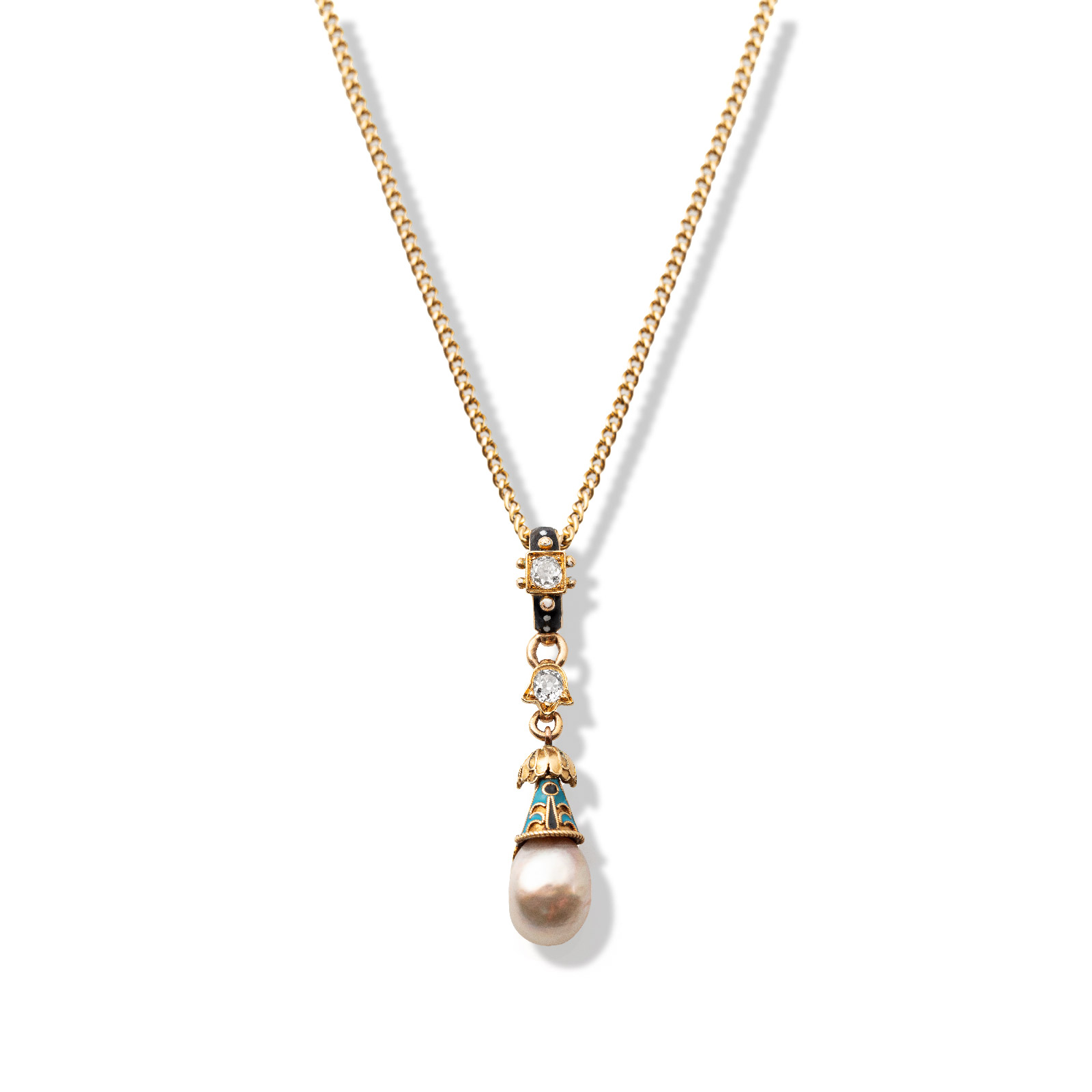Castellani was the Italian jeweller who initiated the archaeological revival movement in the mid-nineteenth century.
Castellani’s founder, Fortunato Pio Castellani, opened up shop in Rome in 1814. In 1826, he met his collaborator Michaelango Caetani at a lecture. He was speaking about how to recreate the look of ancient gold.
By the early 1830s, Fortunato Pio had begun making archaeological style jewellery. He was able to recreate the look and feel of ancient pieces using granulation, wirework, and other old-style working techniques. Such techniques had been seemingly lost for centuries and were rediscovered in a remote area of the Apennines.
In the 1860s, exiled from Rome, first setting up shop on the Champs Elysées in Paris, he gained a presence with Napoleon III, to whom he presented a collection of Castellani jewelry. The firm was now also known for incorporating ancient, medieval, and modern intaglios and cameos, as well as Egyptian scarabs and micro-mosaics into their pieces. The firm’s designs continued to be widely popular.
Castellani and Giuliani, another famous jeweller of that period, worked for the Royal Court in London through Robert Philips and other British jewellers who were accredited purveyors. Jewelry, ordered by the Royal English Court, was bearing a limited and exclusive makers mark.
Many works of Castellani and Giuliano are today present in international museums such as the Victoria & Albert Museum, London, Etrusco National Museum di Villa Giulia, Rome, the Metropolitan Museum of Art, in New York, and many other museums in the world.


